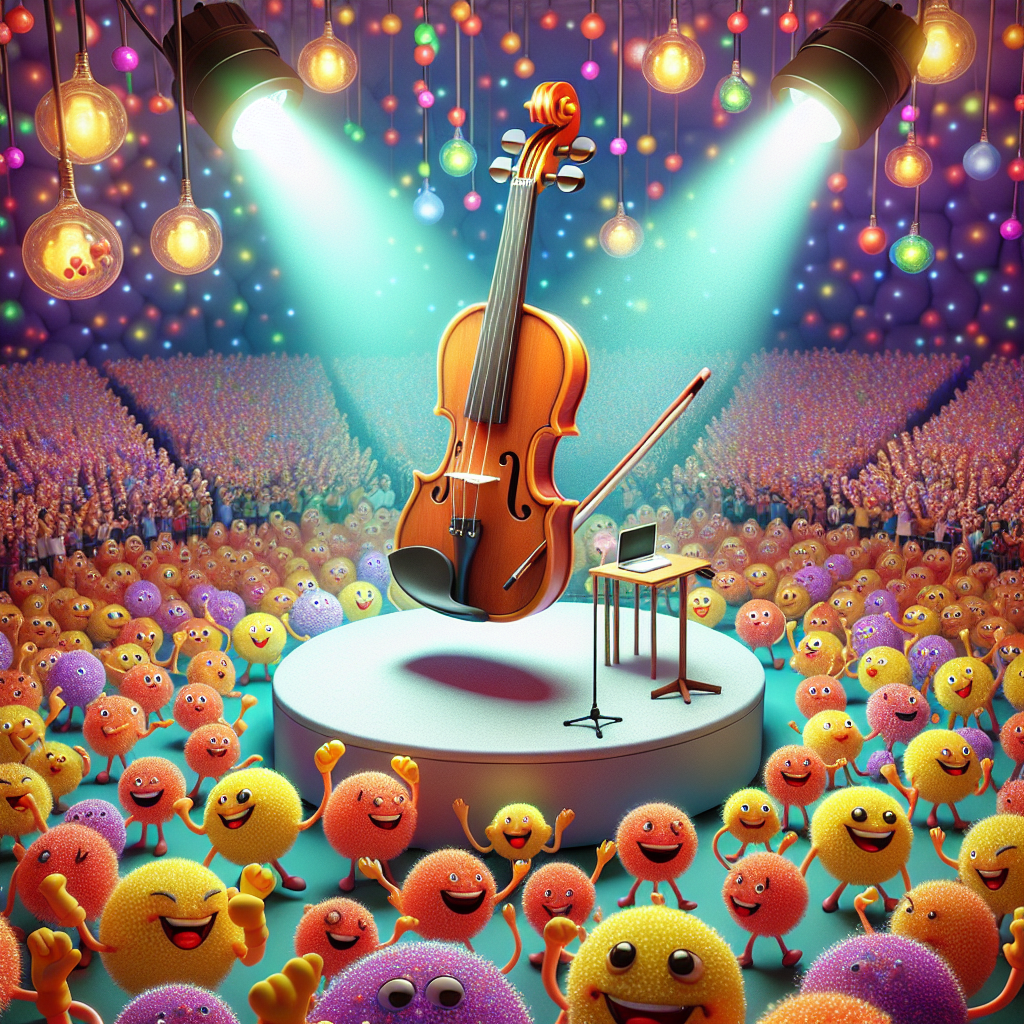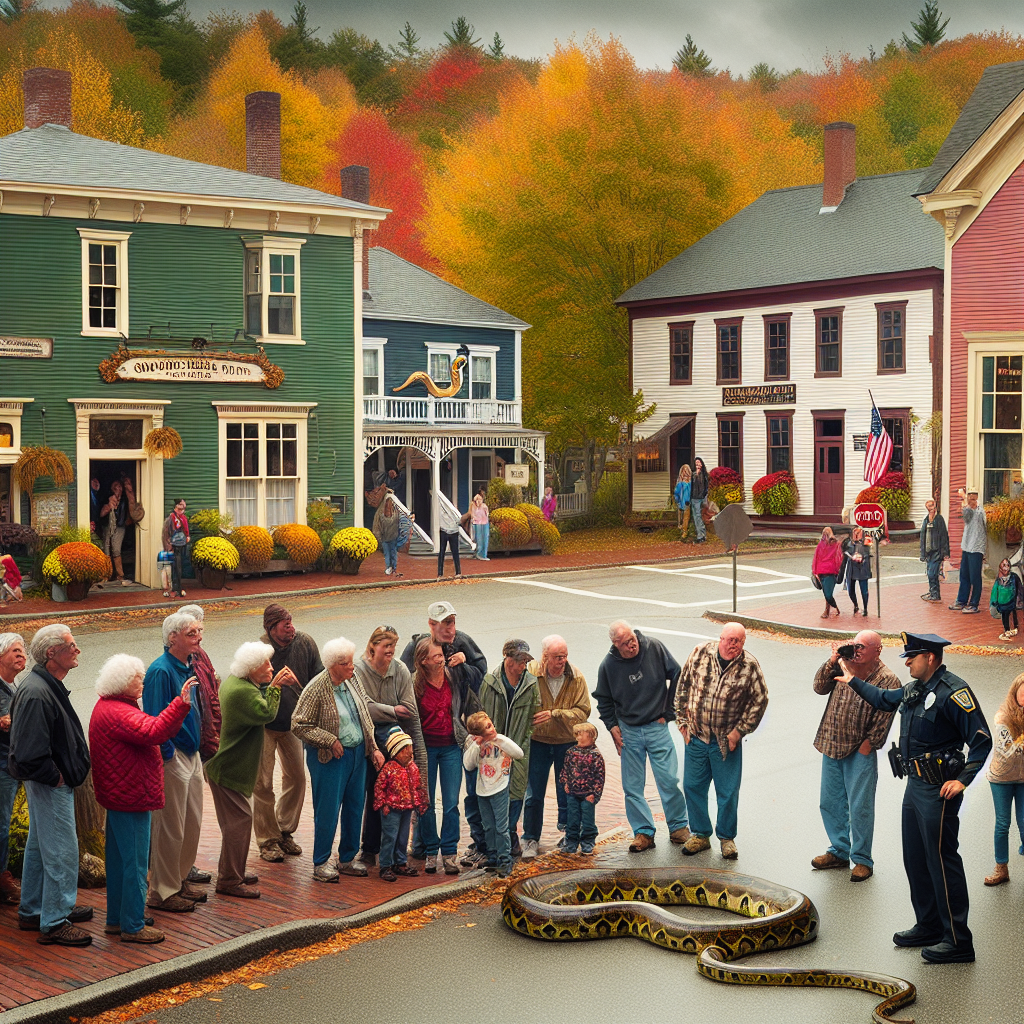**BREAKING: Tiny Titan of Tunes Unveiled – World’s Smallest Violin Plays to Packed House of Atoms**
In a groundbreaking achievement that has left the scientific community fiddling with excitement, a team of brilliant physicists from the University of Manchester has successfully created the world’s smallest violin, measuring a minuscule 10 micrometers in length. To put that into perspective, that’s roughly 1/100th the width of a human hair – or about the size of a really, really small speck of dust.
Dubbed “Nano-Fiddle 1.0,” this Lilliputian instrument is so small that it requires a high-powered microscope to even spot it, let alone hear it play. But don’t let its size fool you – this tiny titan of tunes can produce sound waves that are allegedly so powerful, they’ve been known to shatter the eardrums of nearby dust particles.
According to Dr. Emily Chen, lead researcher on the project, “We were trying to create a device that could play a tune at the molecular level, and we ended up with the world’s smallest violin. It’s a bit of a stretch to call it a ‘violin’ per se, but it’s definitely a instrument that can produce some toe-tapping tunes – if you have a toe that’s about the size of a atom, that is.”
The Nano-Fiddle 1.0 boasts four strings, each one thinner than a DNA molecule, and a body made from a specially crafted alloy of titanium and moonbeam essence (just kidding about that last part, or are we?). When played with a bow made from a single strand of spider silk, the instrument allegedly produces a rich, warm sound that’s been described as “a cross between a squeaky gate and a kitten’s meow.”
The research team has already demonstrated the Nano-Fiddle 1.0’s capabilities by playing a rousing rendition of “Twinkle, Twinkle, Little Star” to a packed audience of 500 nearby atoms. The crowd went wild, with several atoms reportedly standing on their tiptoes to get a better view of the performance.
When asked about the practical applications of the Nano-Fiddle 1.0, Dr. Chen quipped, “Well, we’re not exactly sure what the demand is for a violin that can fit inside a dust speck, but we’re exploring possibilities. Maybe it can be used in nanoscale orchestras or to entertain individual cells at cocktail parties.”
The team’s next goal? To create an even smaller instrument – perhaps a nano-flute or a pico-piano. As Dr. Chen noted, “The sky’s the limit… or rather, the limit is whatever we can currently detect with our electron microscopes.”


